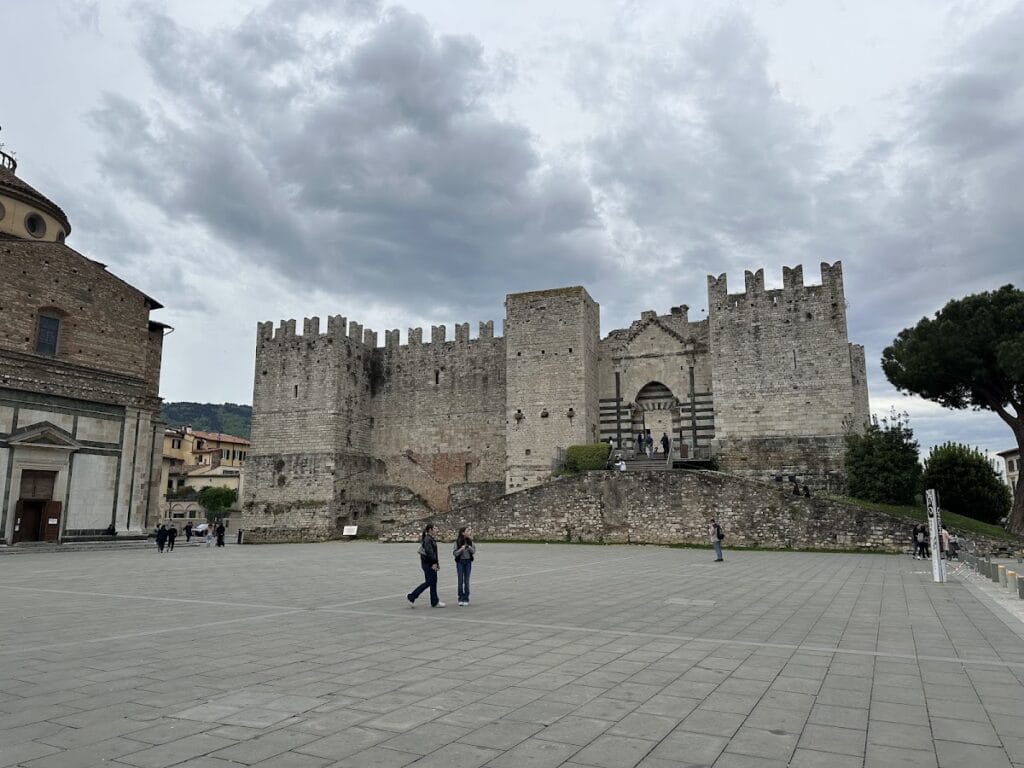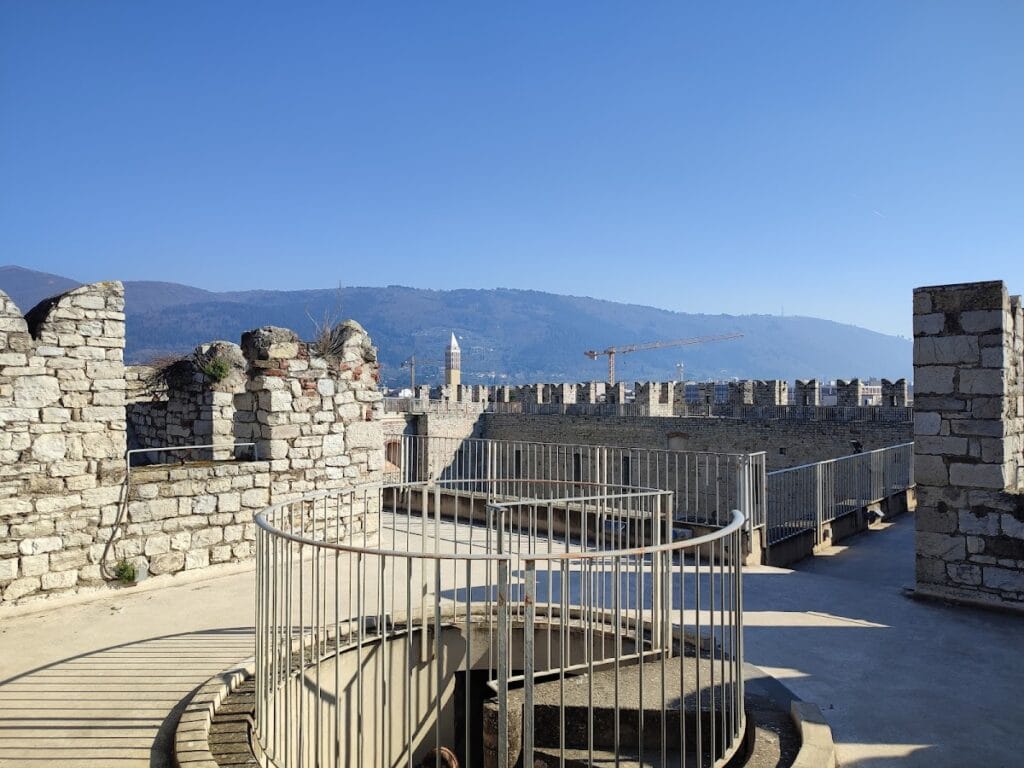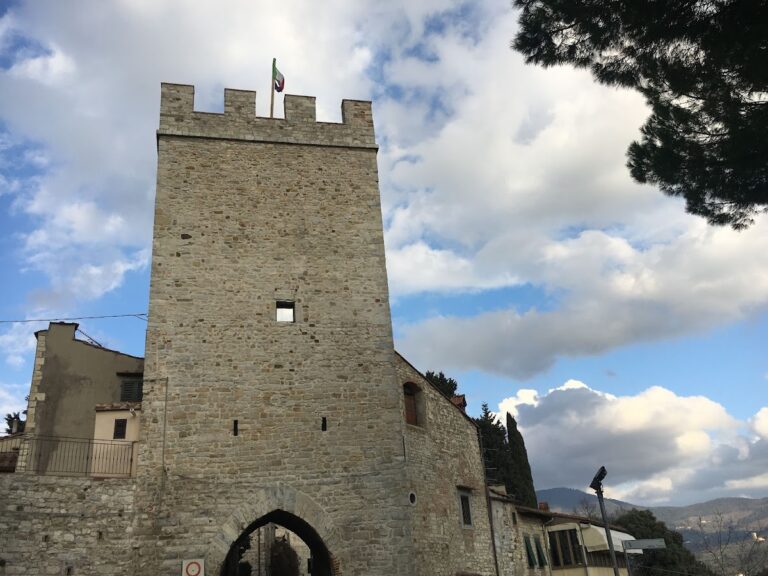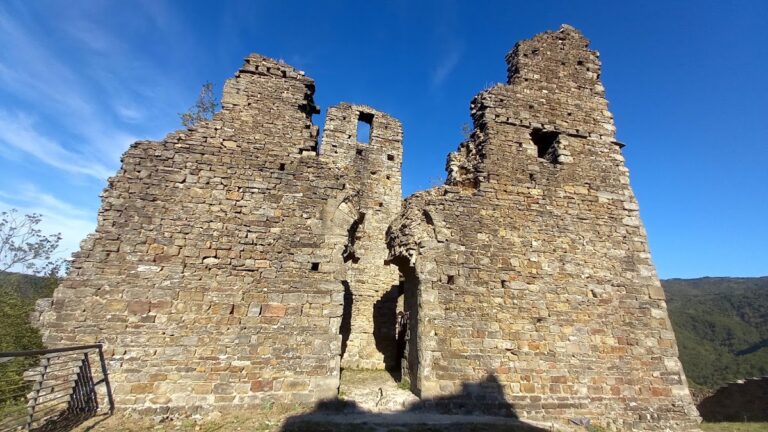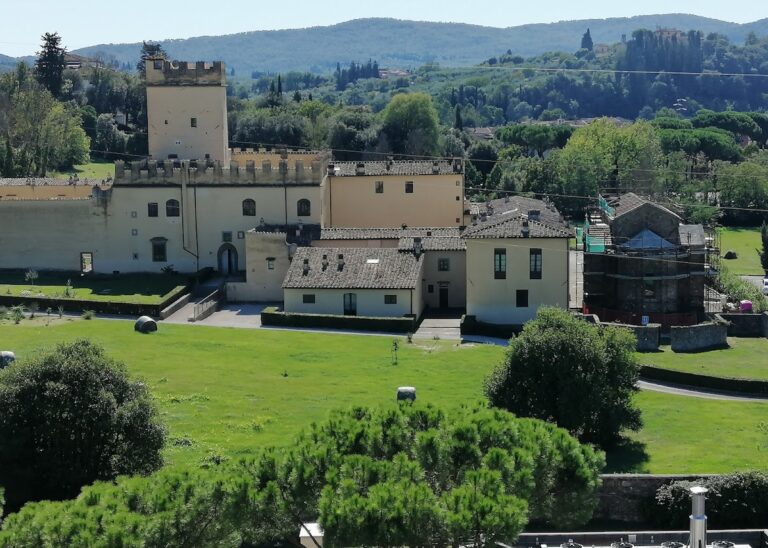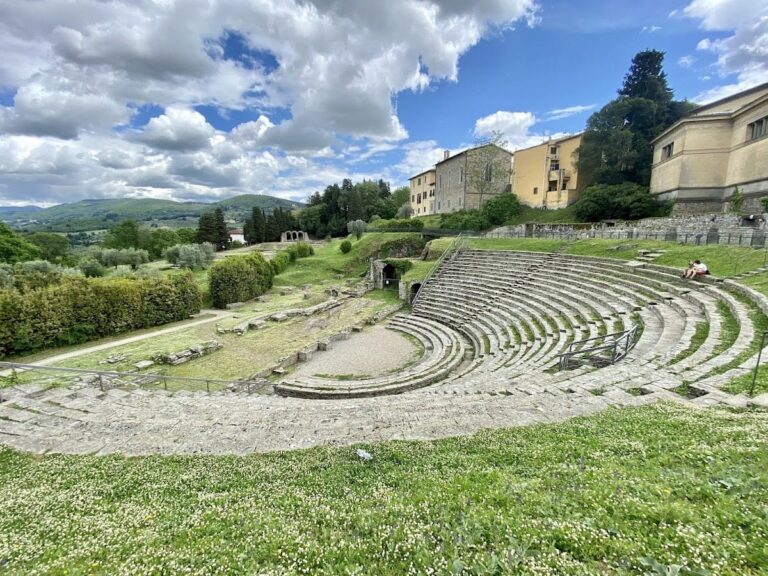Castello dell’Imperatore: A Medieval Imperial Castle in Prato, Italy
Visitor Information
Google Rating: 4.4
Popularity: Medium
Google Maps: View on Google Maps
Official Website: www.pratoturismo.it
Country: Italy
Civilization: Medieval European
Remains: Military
History
The Castello dell’Imperatore is situated in the city of Prato, Italy. This castle was constructed during the medieval period by the Holy Roman Emperor Frederick II of Swabia, who ruled as King of Sicily, reflecting his authority in northern Tuscany.
The site on which the castle stands had been of strategic importance long before the castle’s construction. Historical documents dating back to 1035 mention an older fortified residence, known as a “palatium,” which was central to Castrum Prati, an early settlement that included a parish church dedicated to Santa Maria in Castello. The original fortress here belonged to the Alberti family but suffered near total destruction in 1107 during a siege led by the forces of Matilda of Canossa, a powerful noblewoman of the time. Remnants of towers from a later structure called Palazzolo were integrated into the current castle.
Between roughly 1240 and 1247, Emperor Frederick II commissioned the building of the Castello dell’Imperatore to establish a prominent imperial garrison in the region. The castle was intended to project the emperor’s power and presence in this part of Tuscany. Construction was overseen by Riccardo da Lentini. However, work on the interior ceased around 1250 due to Frederick II’s unexpected death, leaving parts of the castle unfinished.
During the 14th century, after Prato came under Florentine control, the castle’s strategic function evolved. It was linked to the city’s third set of defensive walls by a covered passage known as the “Corridore del Cassero.” This corridor enabled secure movement of troops between the castle and the city during times of conflict.
Over the ensuing centuries, various houses were constructed within and near the castle’s enclosure. These were removed in the 1930s under the Italian fascist regime to restore the castle primarily to its original external form. Concurrently, the creation of the nearby Viale Piave led to the partial demolition of the Cassero corridor, reducing it to only two remaining segments.
Behind the castle lie the remains of a 12th-century hospital and the church of San Giovanni Gerosolimitano, associated with the Knights of Malta. Though no longer in use, these buildings preserve rare examples of Romanesque terracotta decorations shaped in human forms.
In 1944, during World War II, the castle was used by fascists as a prison to hold hundreds of local citizens arrested during a strike. Later that same year, following occupation by partisan forces, a retaliatory event known as the “Eccidio del Castello dell’Imperatore” occurred, in which fascists and suspected collaborators were executed within the castle grounds.
The castle underwent restoration in the 1970s, after which it was opened for public access and began to serve as a venue for various cultural activities.
Remains
The Castello dell’Imperatore is defined by its tall crenellated stone walls and eight towers, some of which incorporate the remains of two older towers from the previous Palazzolo fortress. Before alterations made in the 18th century, these towers stood about twice as high as they do today, indicating significant reduction over time. The castle was originally positioned adjacent to Prato’s second set of city walls, dating from the 12th century, and was partially encircled by a moat to enhance its defenses.
The castle’s structure includes a walkway known as the camminamento di ronda, a patrol path along the battlements, which can be reached via ancient spiral staircases embedded in the corner towers. This feature allows expansive views across the city of Prato, highlighting the castle’s defensive and surveillance roles. Though interior buildings were removed during early 20th-century restorations, the external walls remain extensively preserved, giving a clear sense of the castle’s original outline.
One prominent feature related to the castle’s military function was the Corridore del Cassero, a covered corridor that linked the castle directly to the city’s third walls installed in the 14th century. Constructed to permit secure troop movements, this passage has survived only in two truncated segments today because of partial demolition associated with 20th-century urban development.
Situated just behind the castle are the ruins of a hospital and the church of San Giovanni Gerosolimitano. Built outside the city’s fortifications in the mid-12th century, these structures belonged to the Knights of Malta. They preserve rare examples of anthropomorphic terracotta reliefs, which are ceramic decorations shaped like human figures, emblematic of the Romanesque artistic style present in the region.
Restoration efforts carried out in the 1970s have maintained these ruins and the castle’s external fabric, facilitating their continued appreciation as important historical artifacts. The site’s architectural elements provide tangible links to its medieval origins and subsequent historical layers through the centuries.

